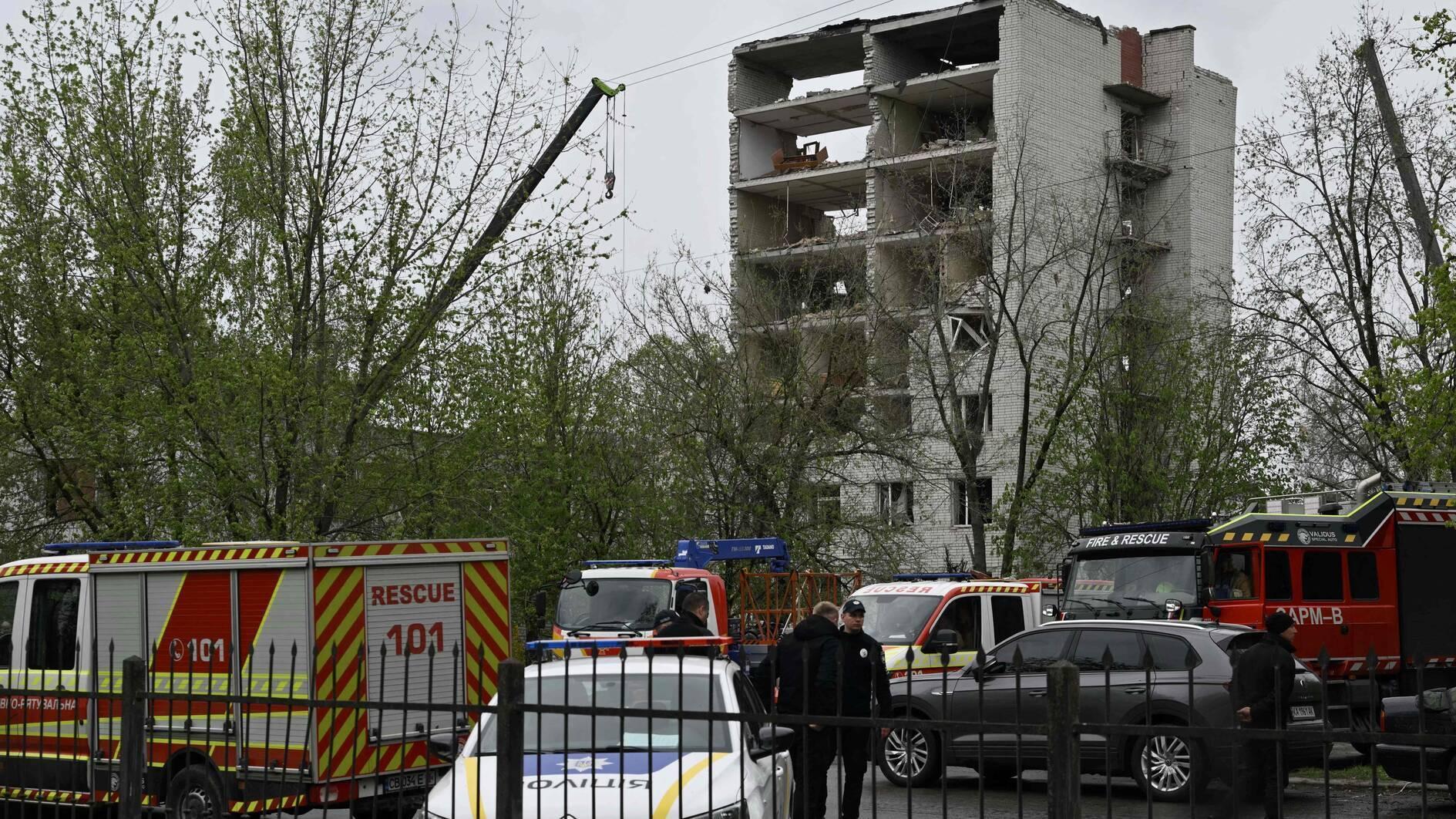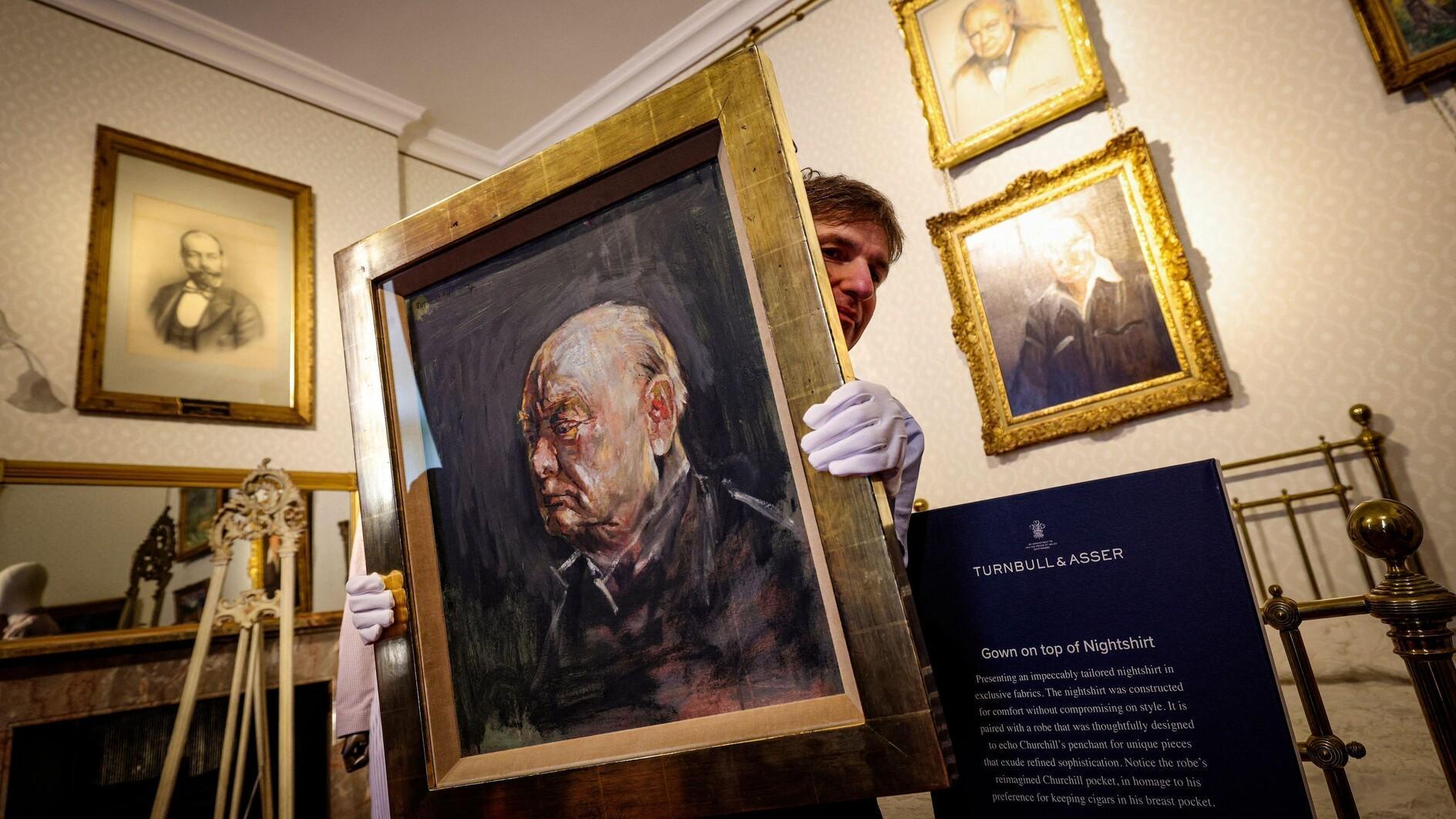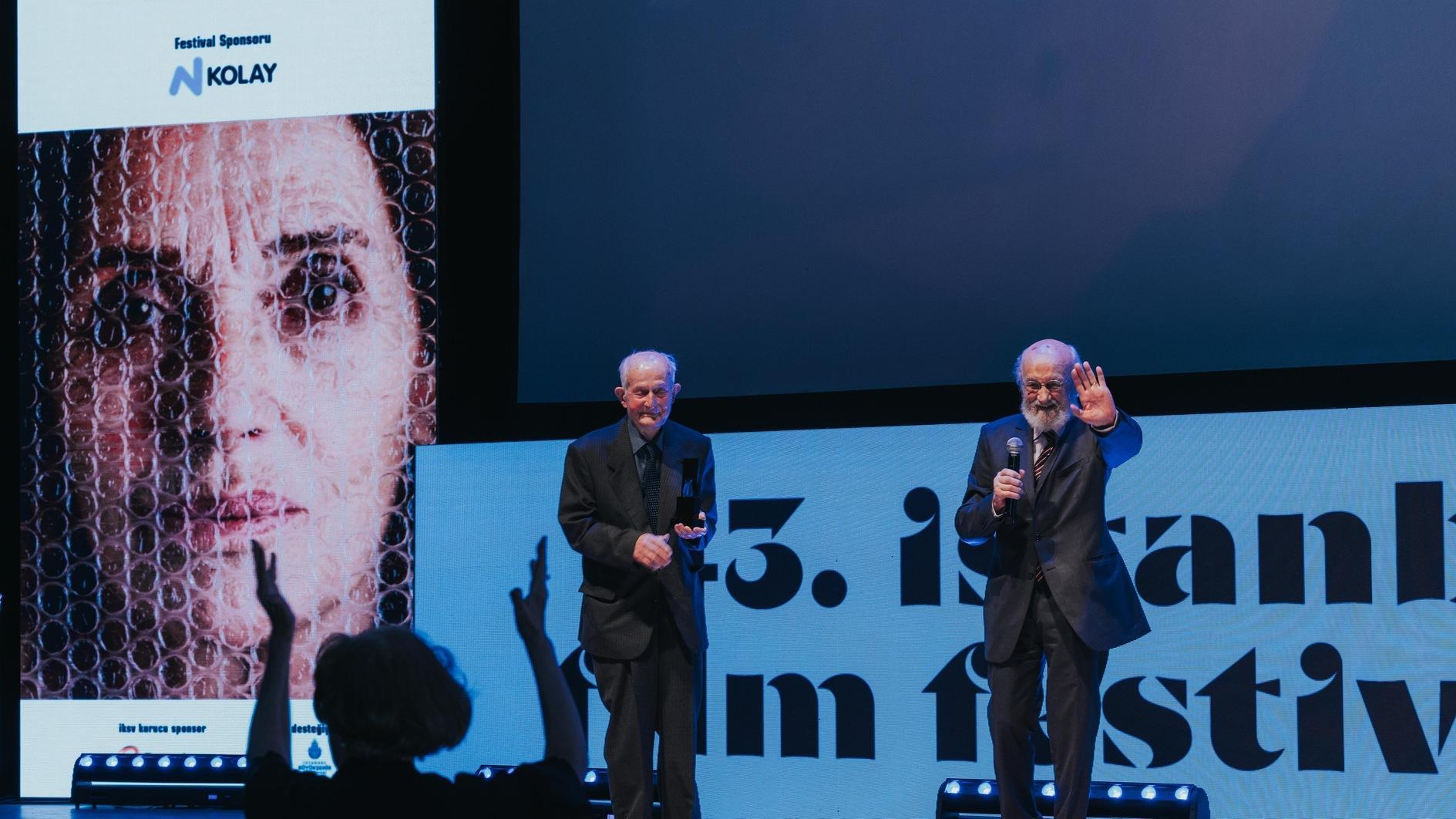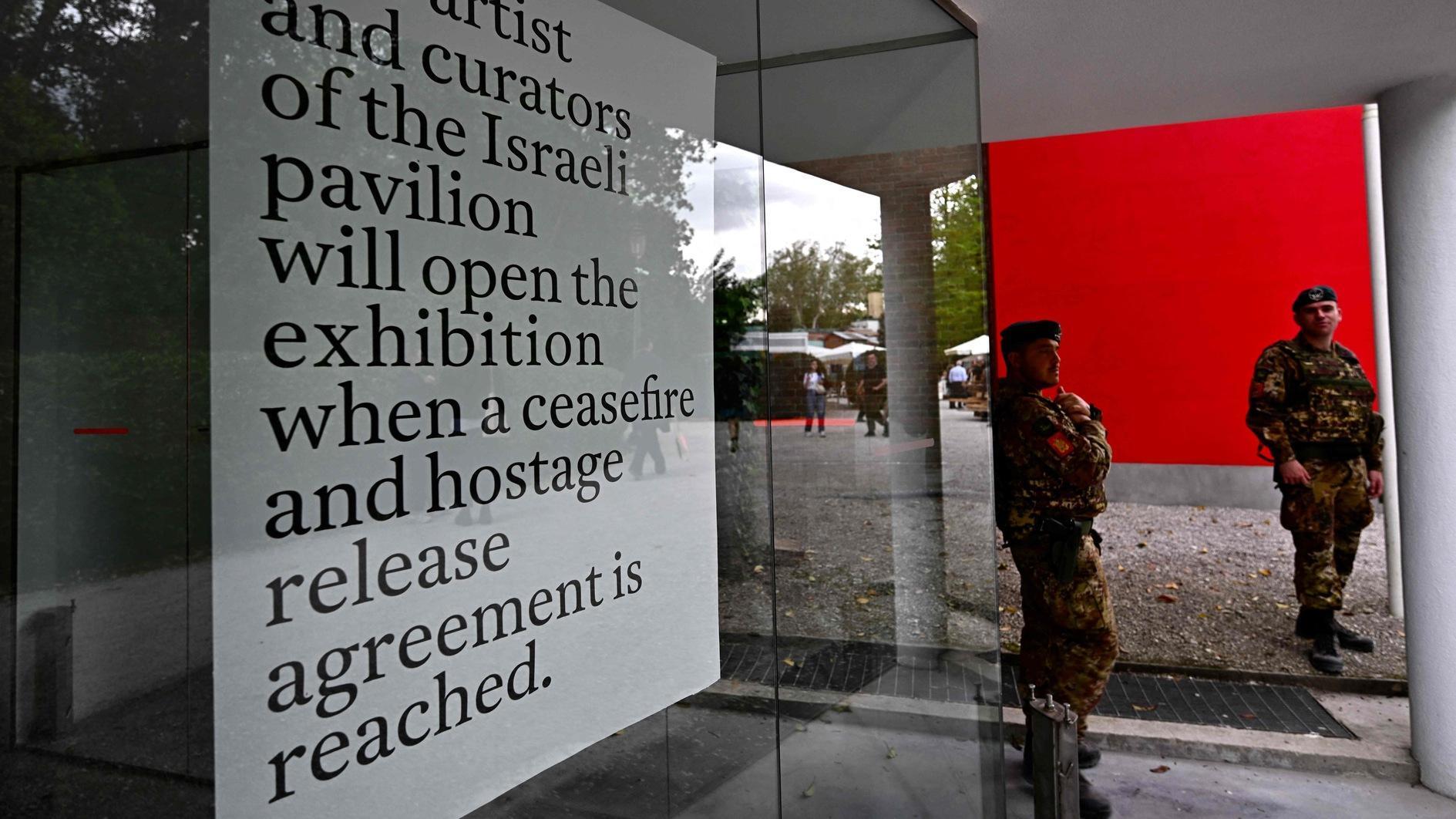Smell of gasoline in Maidan
İREM KÖKER KYIV / Hürriyet

Hürriyet Photo / Levent Kulu
I landed in Kyiv on the night of Feb. 20 with my photographer friend Levent Kulu and found a city that looked abandoned.I use the word abandoned, because the first thing that one notices in Kyiv is how few people and cars there are in the streets.
As we were leaving our hotel for the first time to go to Maidan, hotel staff objected, pointing to the government warning that nobody should be outside if they don’t have to be. Apparently, there was an unofficial curfew…
The atmosphere of quiet and desolateness gave way to a completely different picture than when we arrived in Maidan in 10 minutes.
Thousands of people were in this famous plaza, building barricades and organizing the distribution of food or medical supplies.
With our first step, we smelled gasoline and something burning.
Clashes in north, east
Maidan is a central square that is not very big. It’s on an intersection of four main roads. From the roads on the northern and eastern sides of Maidan, you can go to the Presidential Palace, Parliament and several ministries. This is why most of the clashes happen in this area. When you enter Maidan from its southern side and walk north, you see more and more marks left behind from the carnage from yesterday morning.
Our guide, who accompanied us near to the statue at the center of Maidan, said, “In the morning, we carried four bodies here. There were already six bodies. Some doctors were shouting ‘Photograph and videotape them so the world will see.’ Others were trying to block the photographers.”
Opposition members are working feverishly. Volunteers carry planks of wood and tires with their cars to support the barricades. Others remove the pavement stones and rebuild them elsewhere as road blocks. Some are carried to farther barricades and some are stored to be used in case of police intervention.
Another activity in several other points drew our attraction: Molotov cocktails. Opposition members prepare them in different spots and bring them near the barricades. It explains the smell of gasoline. “Don’t get too close with fire,” some activists warned us.
Those who spoke to us didn’t hide that they were preparing Molotov cocktails. On the contrary, they showed us how to make one. However, one strongly emphasized, “This is only for self-defense. If the police attack us, we will use it. Otherwise, we won’t.”
‘Yanukovich must go’
Many buildings around Maidan are occupied by activists, including the municipality and state conservatory. Food and medical supplies are distributed in these buildings that activists also use for accommodation. Almost all of them house first aid clinics where doctors volunteer to work.
In Maidan and on the roads around it, there are tents. When it’s too cold, it’s generally not possible to stay overnight in these tents. Activists try to warm up with the fire they burn inside barrels.
Some are here individually and some are organized through opposition parties. The main reason for most of the activists here is protesting President Victor Yanukovich’s policies. But critical mass was reached after police used disproportionate force.
Almost everyone we talked with answered our questions with similar words, “Yanukovich must go, fair elections should be organized and laws that give all of the power to the president must change.”
While negotiations continue behind closed doors, so do preparations in Maiden, to get ready for more clashes. The main question is, “Can the deal satisfy all opposition members?”
















